Gwanseong Solbat Beach (관성솔밭해변)
2021-08-12
68-24, Yangnam-ro, Gyeongju-si, Gyeongsangbuk-do
+82-54-779-6325
Gwanseong Solbat Beach, formerly Gwanseong Beach, is known for its extremely clean waters, and the connecting pine grove creates a gorgeous semi-circle shape. Nearby in Sindae-ri, Yangnam-myeon is Kolon Garden Golf Club, allowing visitors to enjoy many other leisure activities in the area. The driving course along the coastal road is also popular among visitors.
Taean Taeeulam Hermitage (태을암(태안))
2021-07-30
78-132, Woni-ro, Taean-gun, Chungcheongnam-do
+82-41-672-1440
Taeeulam Hermitage is well-known for Rock-carved Standing Buddha Triad, designated as National Treasure No. 307. Featuring gently smiling Buddhas, Taean’s Budda Triad has a unique formation with a smaller Bodhisattva figure set in the middle with two Buddha statues on the sides, being different from a typical triad which usually features a main Buddha in the middle surrounded by two Hyeopsi Bosal (Buddhist saint) on the sides.
Taeeulam Hermitage is located on the western coast, providing opportunities to interact with China and Chinese culture but this also allowed for frequent appearances of foreign raiders. With this geographical background, Taean was able to accept Chinese precedent culture earlier than other areas and established excellent Buddhist cultural relics.
Military Headquarters of Jeolla-do Province, Gangjin (강진 전라병영성)
2020-05-19
175, Byeongyeongseong-ro, Gangjin-gun, Jeollanam-do
+82-61-430-3362
Jeolla Byeongyeongseong is a fortress located in Seongdong-ri, Byeongyeong-myeon, Gangjin-gun, Jeollanam-do. It played an important role as the main headquarter of the entire southwest region of the military in the Joseon era during the Japanese Invasion of Korea and Jeongyujaeran (the 2nd Japanese Invasion).
Built in 1414 during the time of King Taejong (17th year of his rule), the fortress spans over a 1,060m in length and has kept its original bottom base intact. Three Sugumun main gates, seven Ongseong, building sites, foundation stones, and 25 tombstones also remain. In addition, it is the best preserved fortress among the remaining fortresses in the Namhae area. Hamel, a Dutch sailor, drifted in the site from 1656 during the 7th year of King Hyojeong to 1663 during the 4th year of King Hyeonjeong in the Joseon dynasty and wrote a novel named ‘The Journal of Hendrick Hamel’ after visiting the area. His novel explained Korean policy, culture, and traditions of the time to the Western world.
Geumsan Mountain (금산 (남해))
2021-01-21
Sangju-myeon, Namhae-gun, Gyeongsangnam-do
+82-1588-3415
As home to Bogwangsa Temple founded by Monk Wonhyo, Geumsan Mountain was originally called Bogwangsan. Its current name, meaning "to be adorned with silk for eternity," was bestowed upon the mountain by King Taejo in honor of the mountain's spiritual powers, which he believed had listened to his 100-day prayer and consequently helped him rise to the throne as the first king of Joseon. Although the mountain is known to have the largest volume of granite rocks in the archipelago, the mountain's rich soil made it a home to the largest colony of deciduous trees on the southern coast. Boriam Hermitage, known to be one of the three holiest Buddhist prayer sites, is also on Geumsan Mountain.
Taebaek Sangjang-dong Mural Village (태백 상장동 벽화마을)
2019-08-01
64, Sangjangnam-gil, Taebaek-si, Gangwon-do
+82-33-550-2828
Taebaek Sangjang-dong Mural Village, also called “Nambu Village”, is located in Sangjang-dong, Taebaek-si as the name refers. The village has been improved upon by residents who volunteered and shared their artistic talents to participate in Taebaek-si’s new village movement in 2011. Each alley throughout the village gives a unique and refreshing ambience that created a turning point in the village. Also, valuable events such as ‘Yeontan (briquette) painting contest’ are held for students and families to participate in and share their warm hearts. The Central Inland Region Train (O-Train), which began operating as of April 12, 2013 by Korail, stops in Taebaek-si, so tourists can easily reach the mural village via train.
Geumodo Island (금오도)
2021-04-24
Nam-myeon, Yeosu-si, Jeollanam-do
+82-61-659-1187
Geumodo Island, included in the area of Dadohaehaesang National Park, has a shape resembling a big terrapin. Many fables, folk songs and folk games have been told of this island. The island features dense forests along with wild ginseng and used to be an area for hunting deer, available only to the Royal House during the Joseon period.
Also, the island is a spawning area for Black Porgy. Including the black porgy, the fishing site is suitable for other types of fish such as red sea bream, rock bream and more. 35 species of rare birds such as brown shrike, eagle-owl and more are living in the island, so it is regarded as an animal paradise.
National Institute of Ecology - Seocheon (국립생태원(서천))
2020-05-18
1210, Geumgang-ro, Seocheon-gun, Chungcheongnam-do
+82-41-950-5300
National Institute of Ecology is a research, exhibition, and educational center housing various animals and plants from world five climates and regions including the tropics, desert climate, the Mediterranean, temperate climate, and the polar region. Fauna and flora from the Korean Peninsula's ecosystem can also be seen here. The Institute’s Ecorium showcases living ecosystem exhibitions, housing 1,900 plants and 280 animals in an area of 21,000㎡ to help people understand the relations between climate and ecology. The outdoor exhibition area is divided into 5 sections, from Korea’s representative wetland ecological system to various international plants, rare plants grown on the high mountain, Korean representative deer species' habitat space, pond ecology and others. In addition, it offers vivid ecological education through the nearby ecological region and has varied exhibitions and researching facility as well as firsthand programs and events.
Inje Hwangtae Village (인제 황태마을)
2024-03-15
307 Jinburyeong-ro, Buk-myeon, Inje-gun, Gangwon-do
+82-33-462-4805
Inje’s winter landscape is at its most picturesque at the Dried Pollack Deokjang, the area’s premier seasonal attraction, within Inje Hwangtae Village. Deokjang refers to the traditional racks used for air-drying fish. Here, pollack undergoes a natural freeze-drying process, alternating between the sharp cold and the mild winter sunlight, resulting in a chewy texture that is much loved. This process, coupled with the breathtaking view of the racks laden with fish against the snowy backdrop, is indeed one of winter’s unique offerings. As visitors explore the Deokjang, they can learn about the 33 meticulous steps that transform pollack from fresh catch to the dried delicacy that graces dining tables. Adjacent to the Deokjang, Maebawi is known for its "iron way," a rock climbing path ideal for beginners. However, in winter, it transforms into a challenging ice climbing site suited for experienced climbers.
Marine Park (마린파크)
2021-01-27
132, Hwasunjungang-ro, Seogwipo-si, Jeju-do
+82-64-792-7776
Located in Hwasun-ri, Seogwipo-si, Marine Park is the first and only national dolphin experience site. It has a trick art photo zone on the basement level, an indoor dolphin experience site on the first floor, and a children’s aquarium that exhibits 100 species of fish local to the Jeju region on the second floor. Activity programs include feeding dolphins, experience being a dolphin trainer, dolphin swimming and snorkeling, diving with dolphins and prenatal education with dolphins. Marine Park also participates in ocean animal transportation, as well as rescue and leading trainer business.
Jasan Park (자산공원)
2023-11-06
54, Jasangongwon-gil, Yeosu-si, Jeollanam-do
+82-61-659-4627
Located on the Yeosubando Peninsula, the city of Yeosu is made up of three historic areas that share the Sino-Korean character “Ryeo” (beautiful: 麗) in their names, namely Yeosu-si, Yeocheon-si, and Yeocheon-gun. The trio was integrated and became one city in April of 1998. Jasan Park is located at the entrance to Odongdo Island’s embankment. It is a place where one can have a view of the city of Yeosu, Odongdo Island, and the sea at Namhae. Climb the steep stairs to the top and find thousands of evergreen trees and plants, planted on a wide plateau. The park also has a 15-meter statue of Admiral Yi Sun-sin, the largest in Korea, unveiled as a part of the great hero’s birthday in 1967 and the first Jinnamje Festival. Inside the park are Jasangak Pavilion and Chunghontap Tower overlooking the sea. Ilchuljeong Pavilion was added in 1998 to serve as a refuge for the citizens of Yeosu.
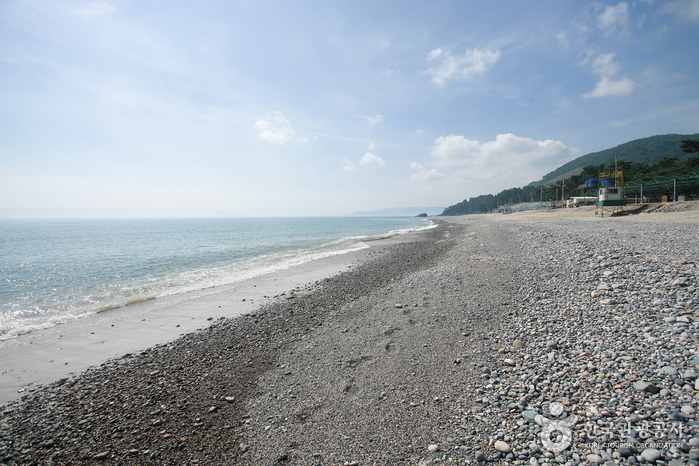
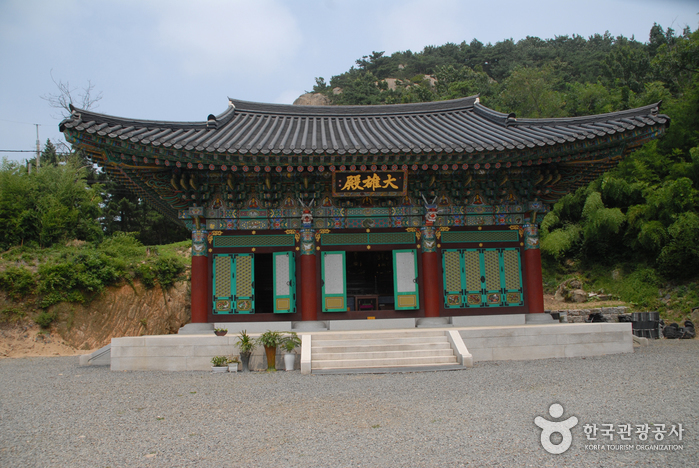
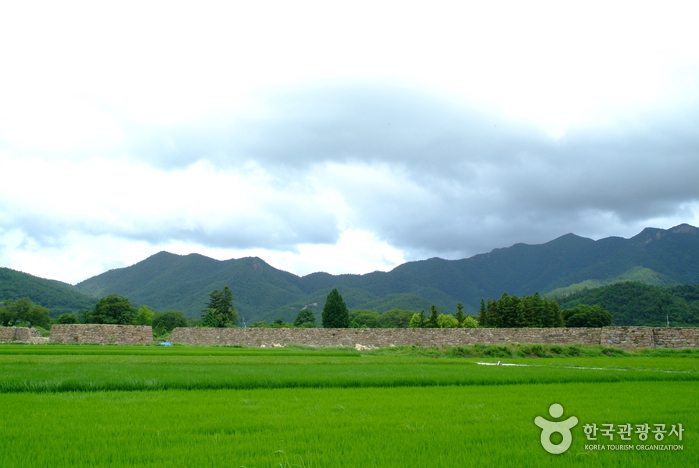
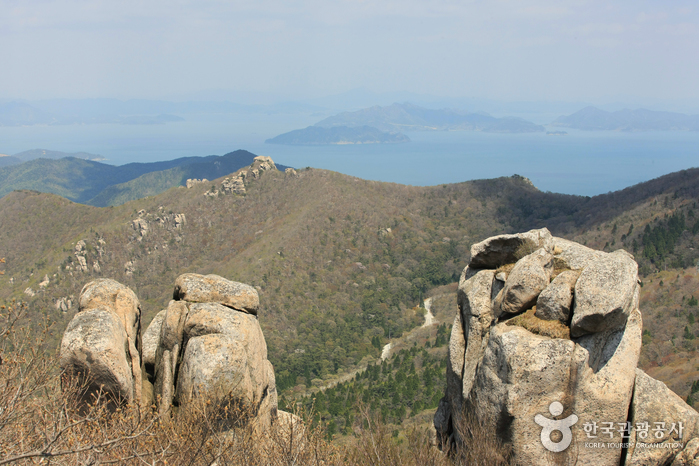
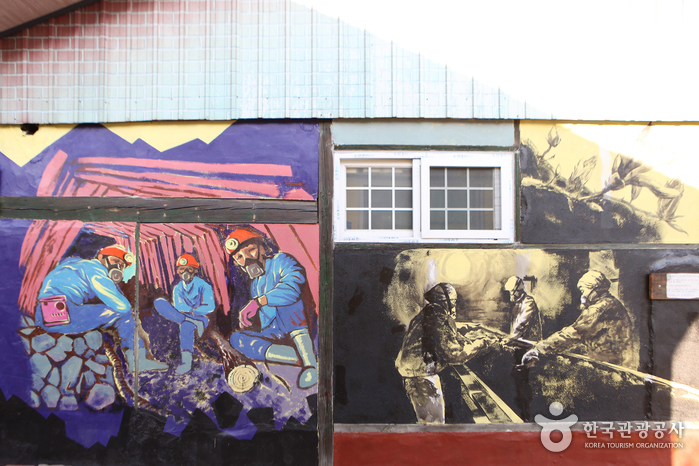
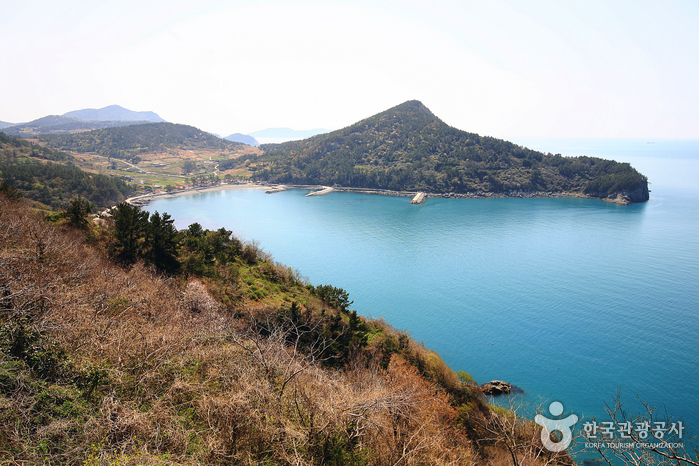
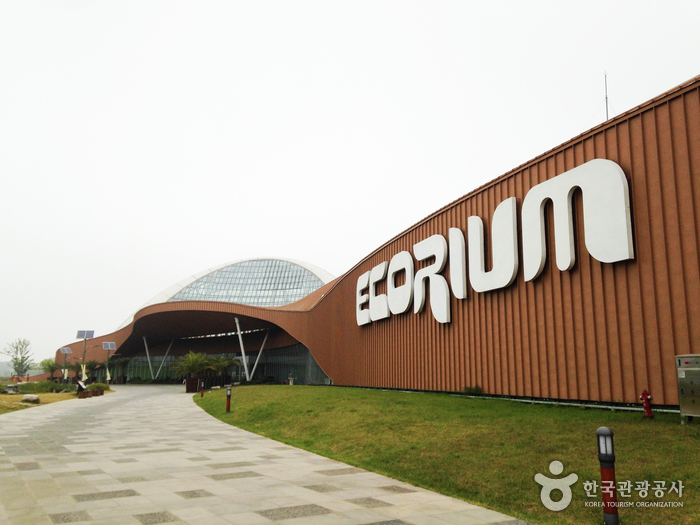

 English
English
 한국어
한국어 日本語
日本語 中文(简体)
中文(简体) Deutsch
Deutsch Français
Français Español
Español Русский
Русский